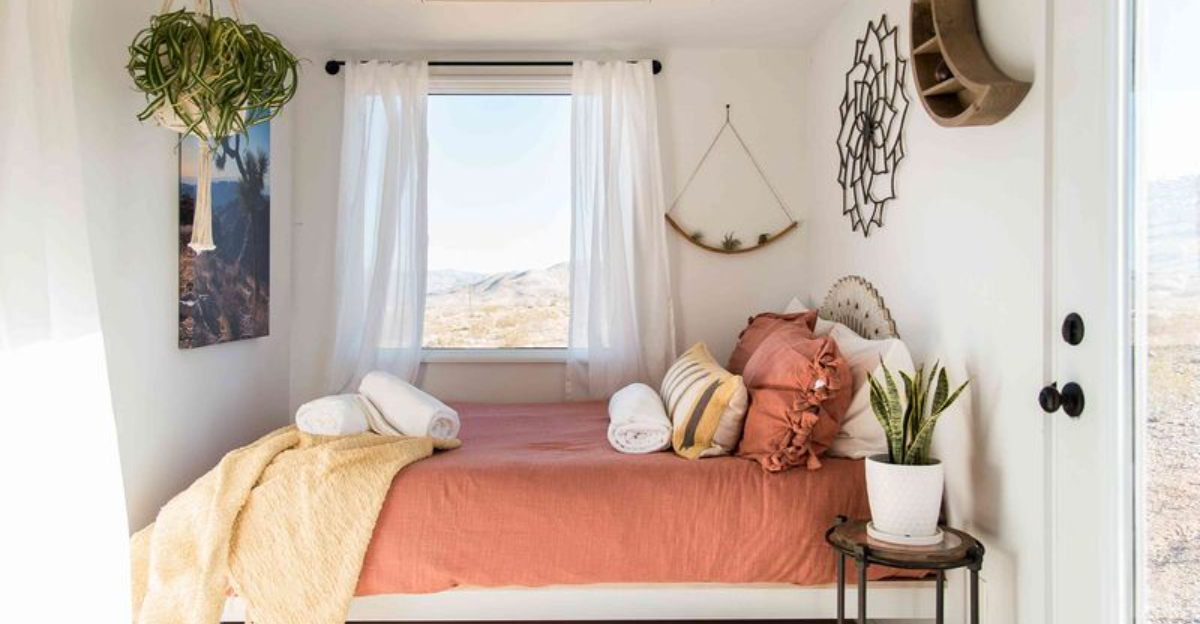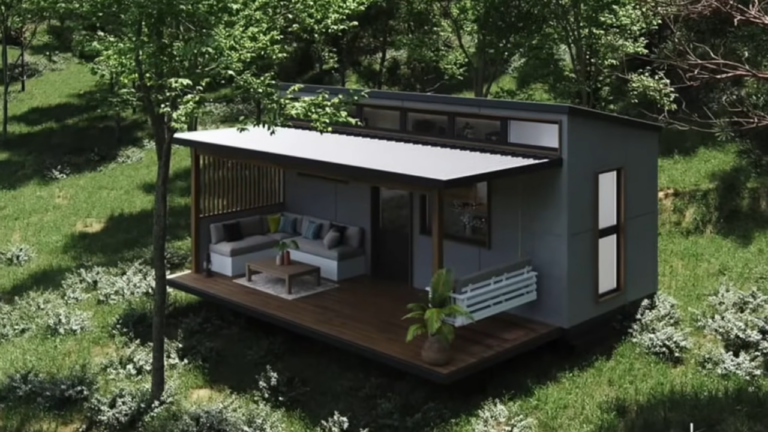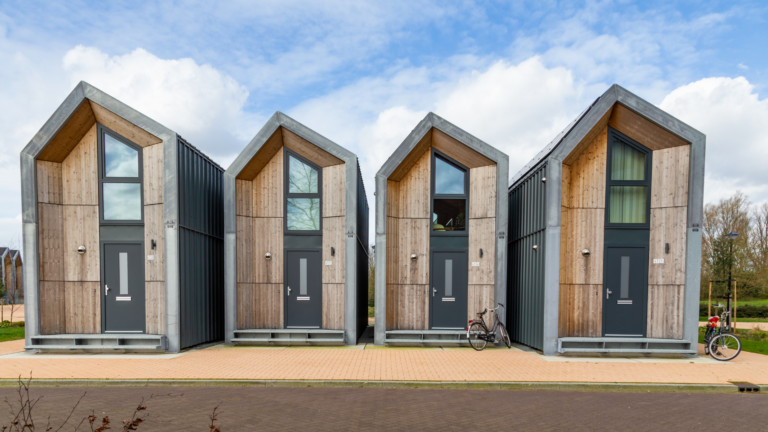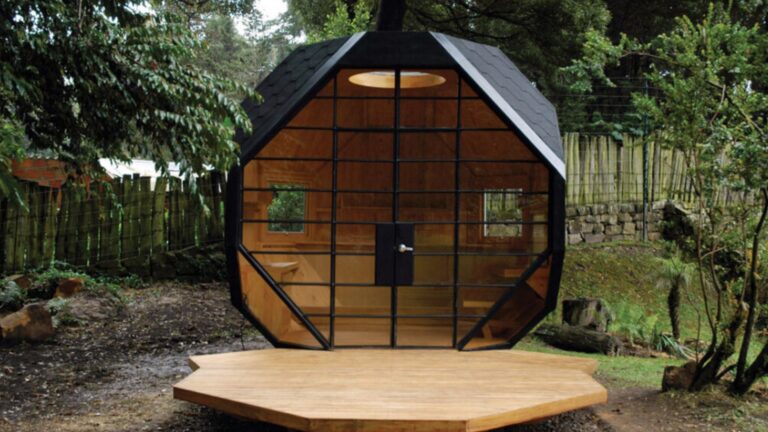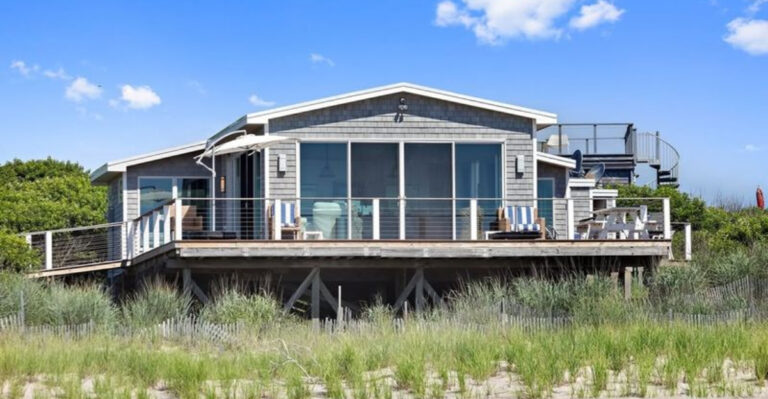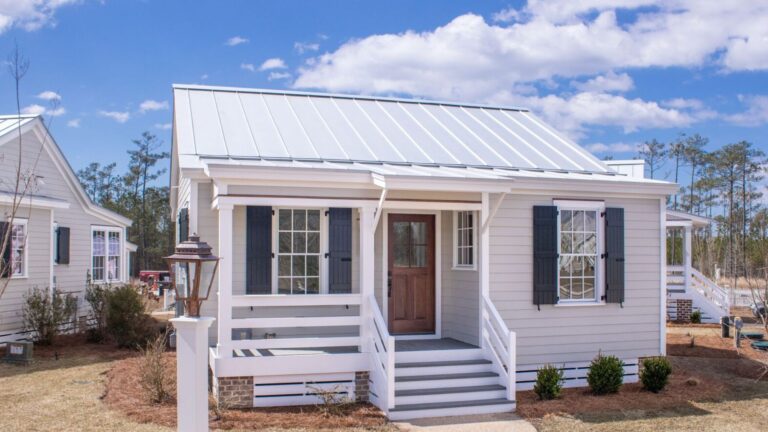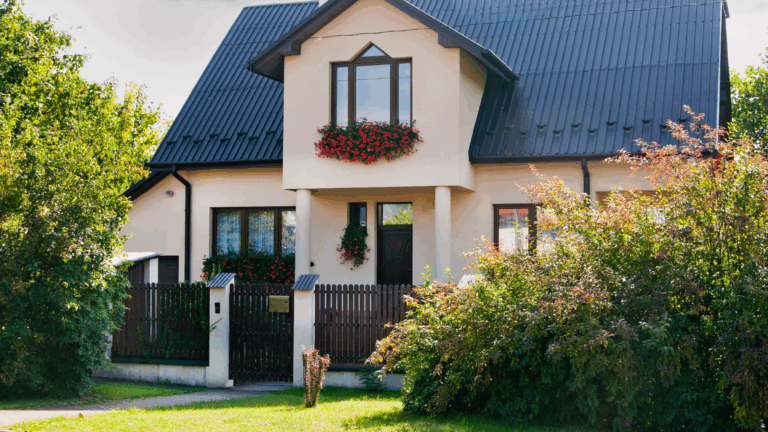15 Of The Worst Tiny Home Features (Plus A Few More Red Flags)
I’ve always loved the idea of tiny home living, less stuff, lower bills, and more connection to the world around me. But let’s be real: not every tiny home design choice is a win.
I’ve seen some layouts that look cute online but would drive me absolutely nuts in real life. Cramped sleeping lofts, awkward kitchens, or zero storage? No thanks.
Tiny living can be amazing, but only when it’s thoughtfully designed. In this post, I’m diving into the features that totally miss the mark and turn that minimalist dream into a daily struggle.
1. Ladder-Only Loft Access
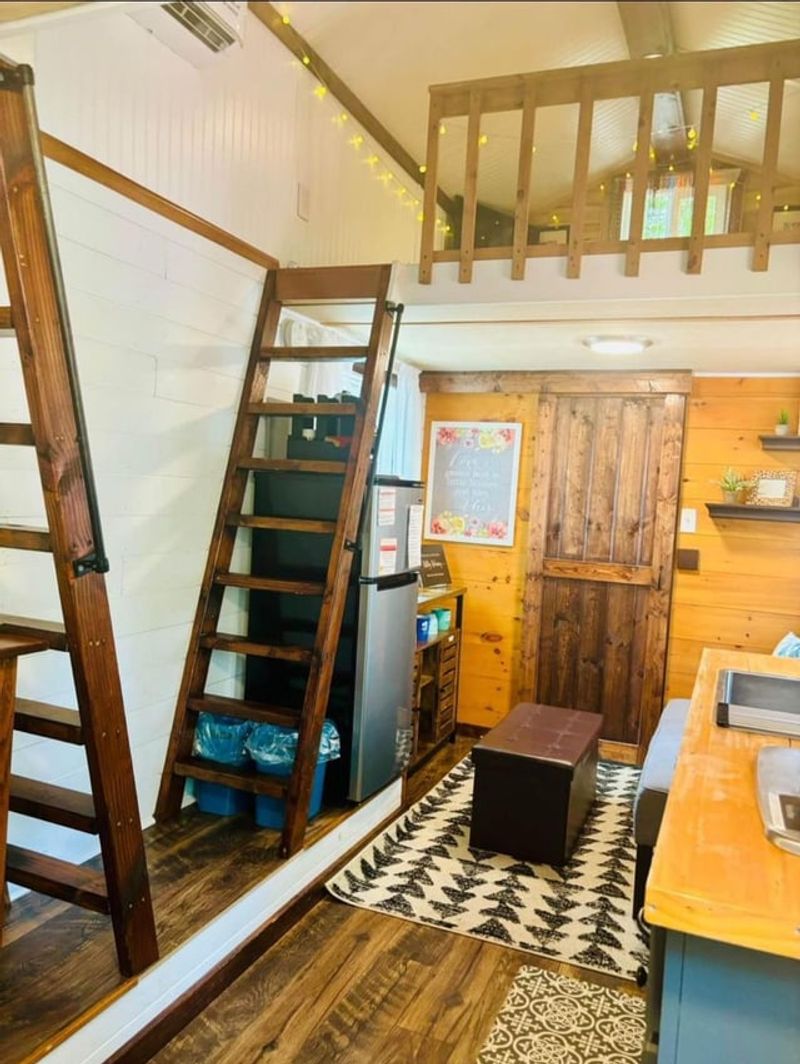
Climbing a ladder to bed might seem adventurous at first. The novelty wears off fast when you’re half-asleep at 2 AM needing to use the bathroom!
Navigating steep rungs becomes downright dangerous after a few glasses of wine or with any mobility issues.
Plus, bringing laundry or changing sheets transforms into an Olympic sport requiring balance, strength, and patience you simply won’t have every day.
2. Composting Toilets Without Ventilation
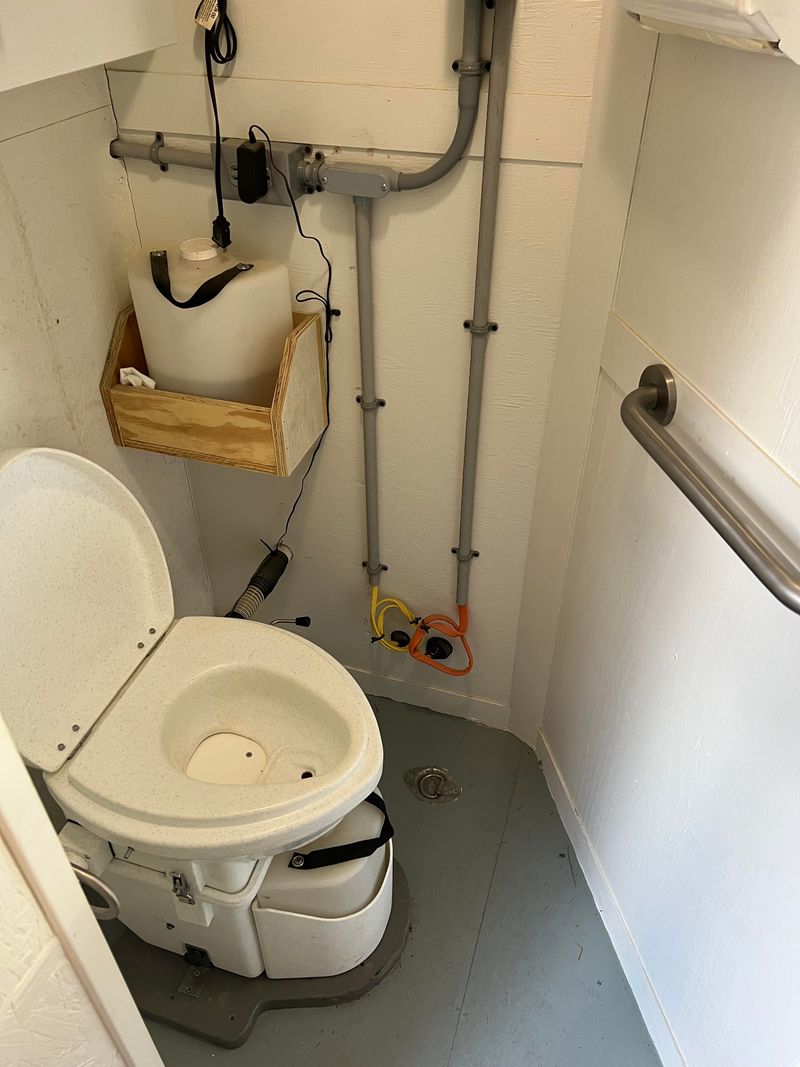
Nothing ruins tiny living faster than improper bathroom setups. Composting toilets can be fantastic eco-friendly options when properly installed with adequate ventilation systems.
Without proper airflow, however, these sustainable solutions quickly become stink bombs that permeate your entire living space.
Since everything sits mere feet from your kitchen and living area, any bathroom odors become everyone’s business in record time!
3. Microscopic Refrigerators
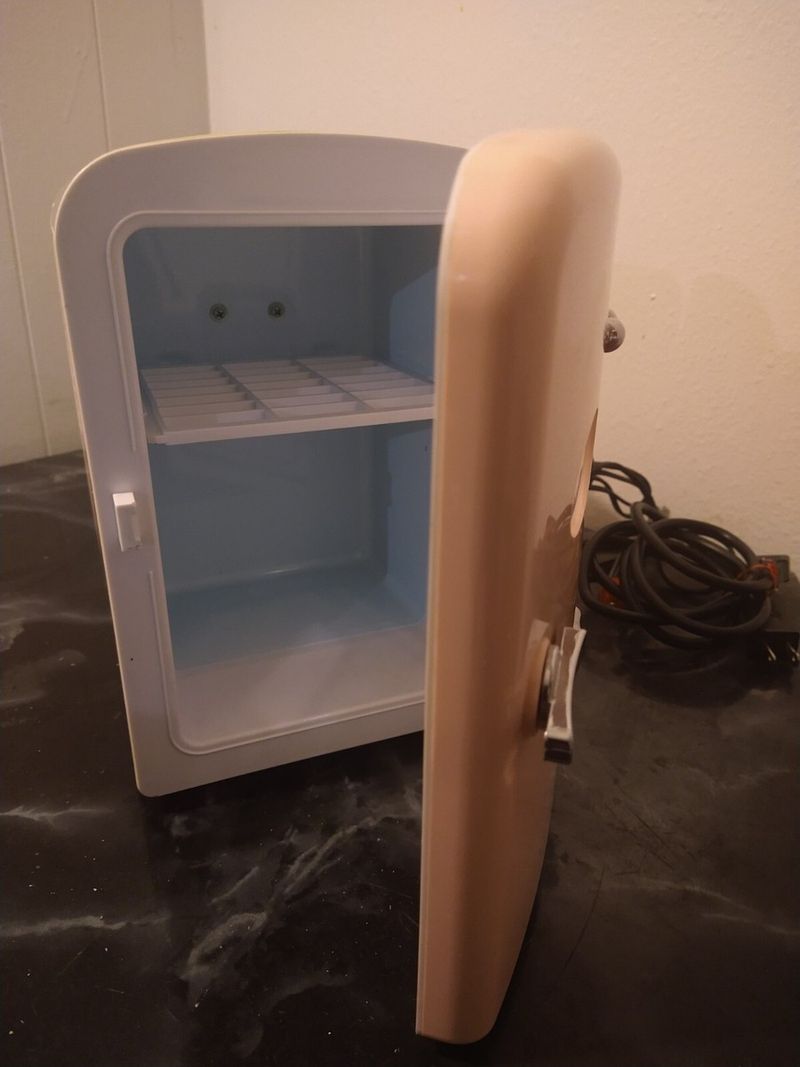
While minimalism has its perks, surviving with a dorm-sized fridge quickly loses its charm. Grocery shopping becomes a constant chore when you can barely fit more than two days’ worth of food inside.
Meal planning turns into a spatial relations puzzle. Fresh produce? Forget about it unless you enjoy daily market trips!
Sometimes saving space costs more in the long run through extra shopping trips and food waste from improper storage conditions.
4. Convertible Everything
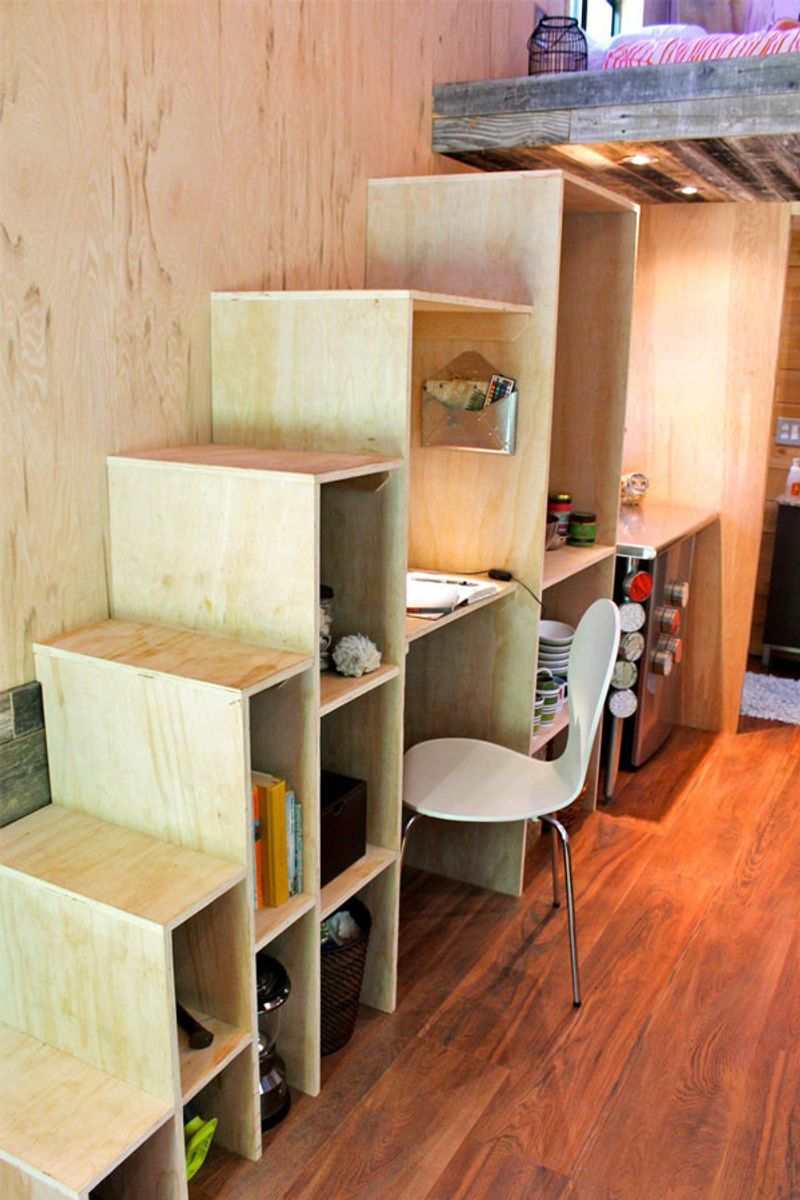
If your dining table transforms into your bed which also serves as your desk, you’ve gone too far. Converting furniture seems clever until you’re disassembling your entire living space multiple times daily.
Want to eat breakfast? First put away your bed! Need to work? Clear the dishes! The constant rearranging becomes a time-consuming hassle that makes everyday tasks exhausting.
Sometimes dedicated spaces, even tiny ones, beat the convertible madness.
5. Insufficient Kitchen Counter Space
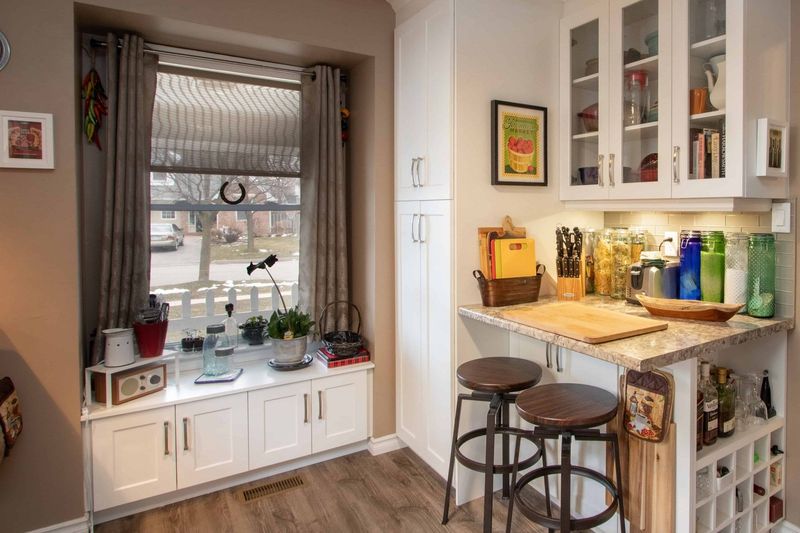
Cooking becomes an impossible juggling act when your counter barely fits a cutting board. Where do ingredients go while you’re chopping? Where does the cutting board go when you need to set down a hot pan?
Many tiny homes sacrifice practical work surfaces for appliances or storage. This fundamental oversight forces residents to balance bowls on the edge of sinks or use the toilet lid as extra counter space!
No matter how minimal your lifestyle, food prep requires elbow room.
6. Windows That Don’t Open
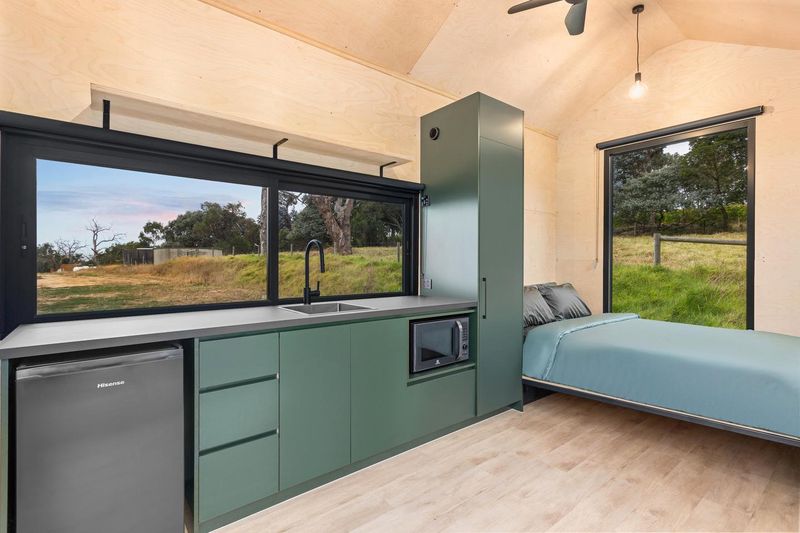
Fixed windows might save construction costs, but they create miniature greenhouses in summer. Small spaces heat up fast, and without proper airflow, your tiny paradise quickly becomes a sweatbox.
Beyond temperature control, ventilation affects everything from moisture levels to cooking odors. Nobody wants their bedding smelling like last night’s fish dinner!
Cross-ventilation isn’t just a luxury in tiny homes—it’s essential for comfort and preventing mold issues.
7. Wet Bathrooms
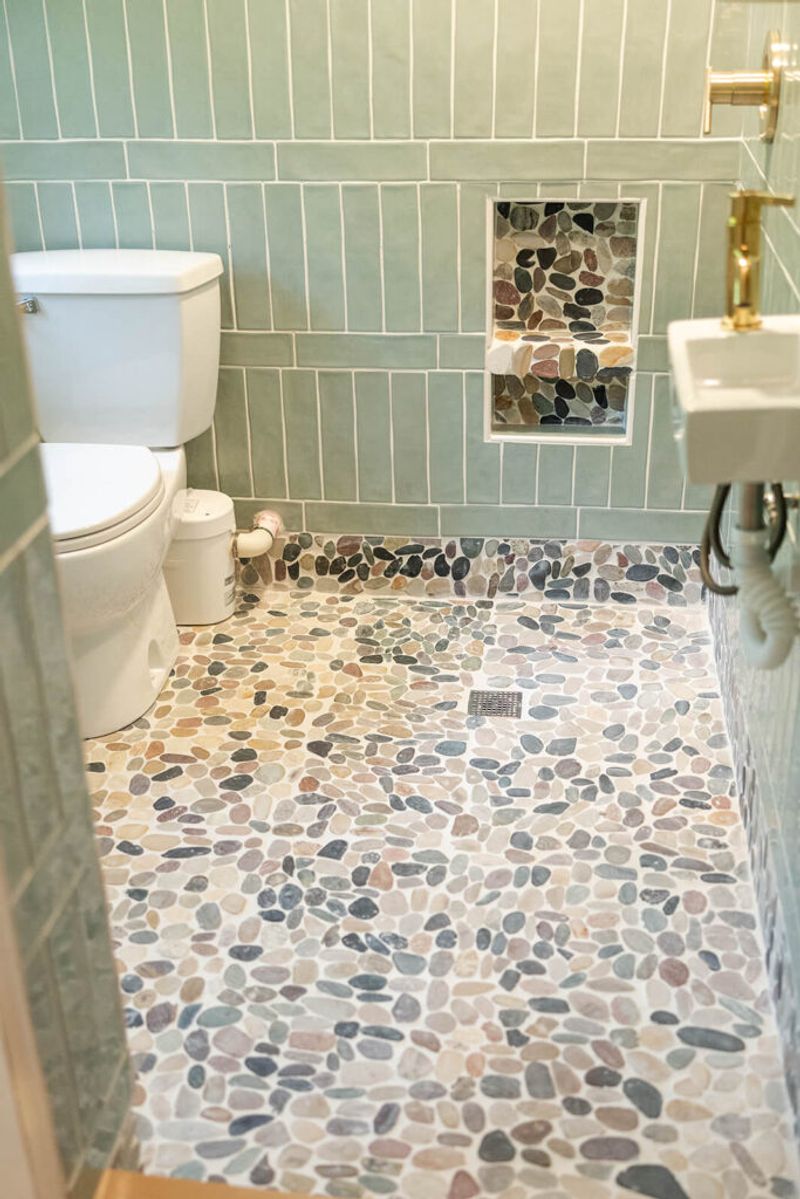
Wet bathrooms sound efficient—everything in one waterproof space! Reality hits when your toilet paper becomes a soggy mess and your towels never fully dry.
After showering, every surface remains damp for hours. Stepping back into the bathroom later means wet socks and a clammy experience.
Mold loves these conditions too, creating both health hazards and constant cleaning requirements that quickly outweigh any space-saving benefits.
8. Inadequate Storage Solutions
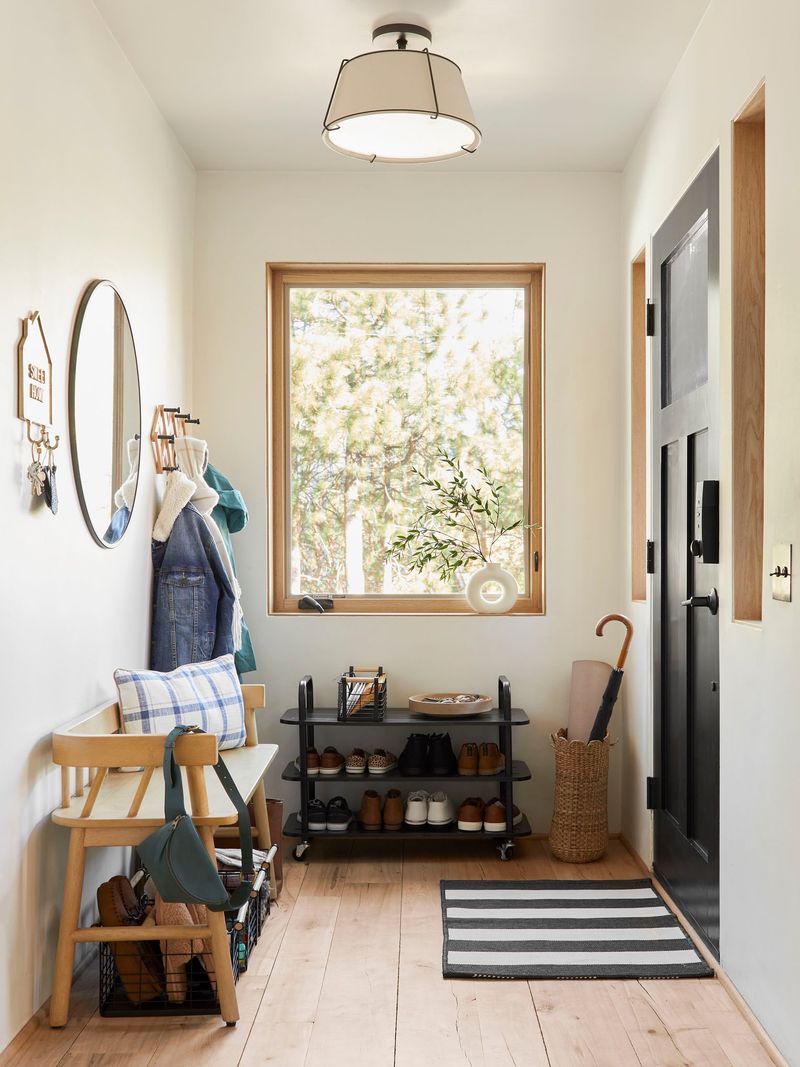
Where do shoes go in a tiny home? Or winter coats? Or that pasta maker you use monthly? Insufficient storage transforms minimalist dreams into cluttered nightmares.
Many tiny designs showcase empty countertops and pristine spaces that simply can’t exist with normal human possessions.
Without clever, dedicated storage for everyday items, you’ll constantly trip over belongings or waste precious time shuffling things between temporary spots. Sometimes bigger really is better—at least for closets!
9. Single-Purpose Appliances
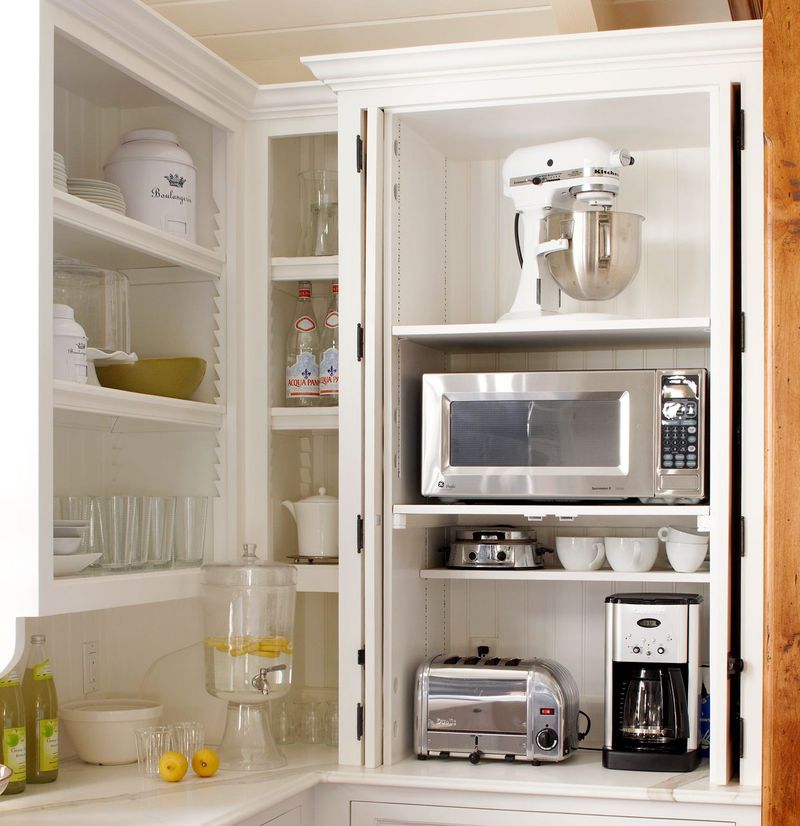
That specialized avocado slicer might seem cute, but it wastes precious space in a tiny kitchen. Every single-purpose gadget represents cubic inches you can’t spare! Smart tiny dwellers choose multi-functional tools instead.
A good chef’s knife replaces dozens of specialized cutters. A quality pot with steamer insert eliminates multiple cooking vessels.
When every inch counts, that quirky banana hanger suddenly seems like ridiculous luxury rather than kitchen necessity.
10. Impractical Mini Sinks
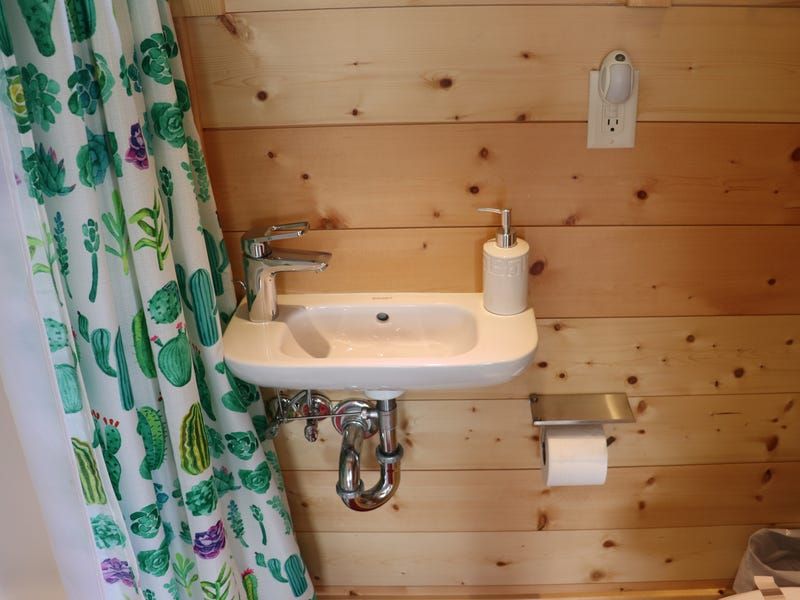
Dollhouse-sized sinks might look adorable in showroom models. Living with them means splashing water everywhere while attempting basic tasks like washing hands or rinsing vegetables.
Try washing a single pot in a teacup-sized basin! Water conservation matters, but functionality shouldn’t be completely sacrificed.
Microscopic sinks create more problems than they solve, causing water damage to surrounding areas and frustration for residents trying to complete simple daily tasks.
11. Awkward Workspace Setups
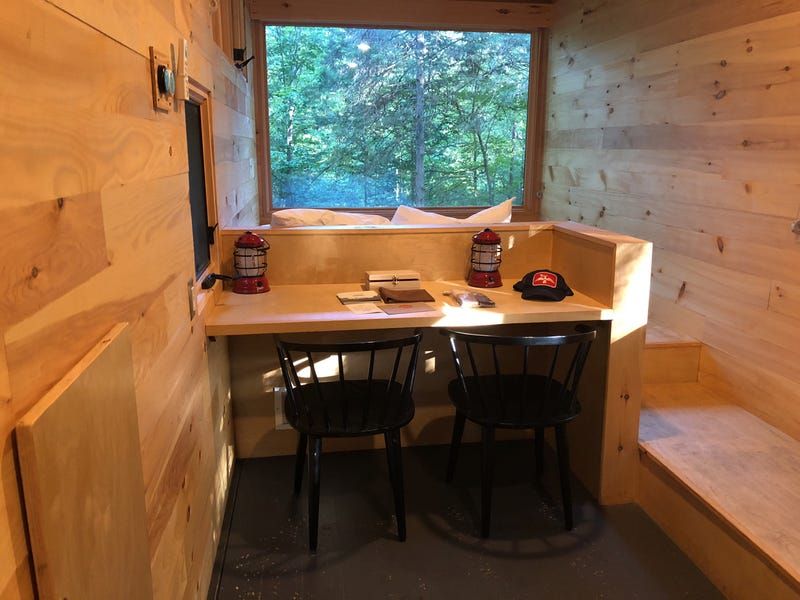
Remote work becomes torture when your “office” consists of hunching over a too-small surface with your knees jammed against the wall.
Many tiny homes completely overlook workspace needs. Ergonomics matter regardless of square footage! Without proper desk height, chair support, and monitor positioning, physical pain quickly follows.
As more people work from home, functional workspace design becomes non-negotiable, even in the smallest dwellings.
12. Insufficient Electrical Outlets

Modern living requires power, even in minimal spaces. Nothing frustrates more than playing musical chairs with chargers because your home lacks adequate outlets.
Many tiny designs include just one or two outlets per area, creating dangerous daisy chains of power strips. Smart tiny homes incorporate abundant, strategically placed outlets including USB ports.
While not glamorous, this practical feature dramatically improves daily convenience without sacrificing significant space.
13. Limited Guest Accommodation
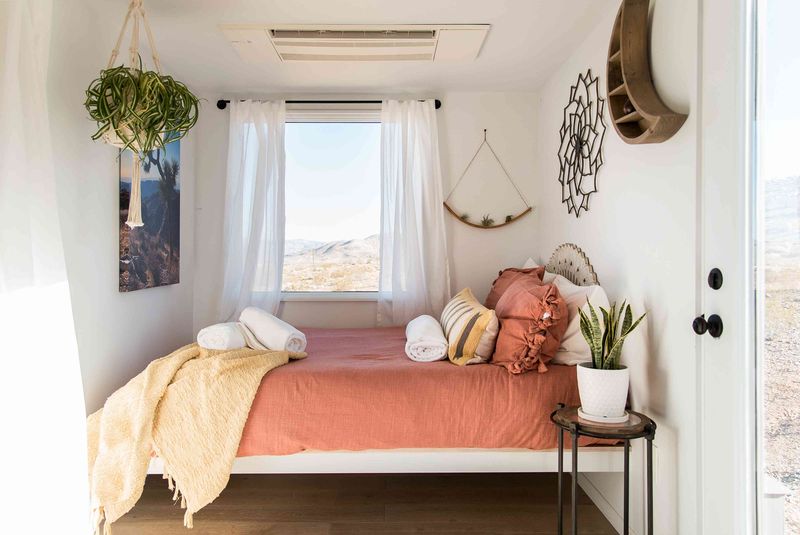
“Come visit anytime” becomes an empty phrase when visitors have nowhere to sleep except your kitchen floor. Social isolation often follows tiny living when homes can’t accommodate basic hospitality.
Even occasional overnight guests need somewhere to sleep that doesn’t require completely dismantling your living space.
Without thoughtful visitor accommodation—whether a convertible sofa or murphy bed—many tiny dwellers find their social lives shrinking along with their square footage.
14. No Separation Between Spaces
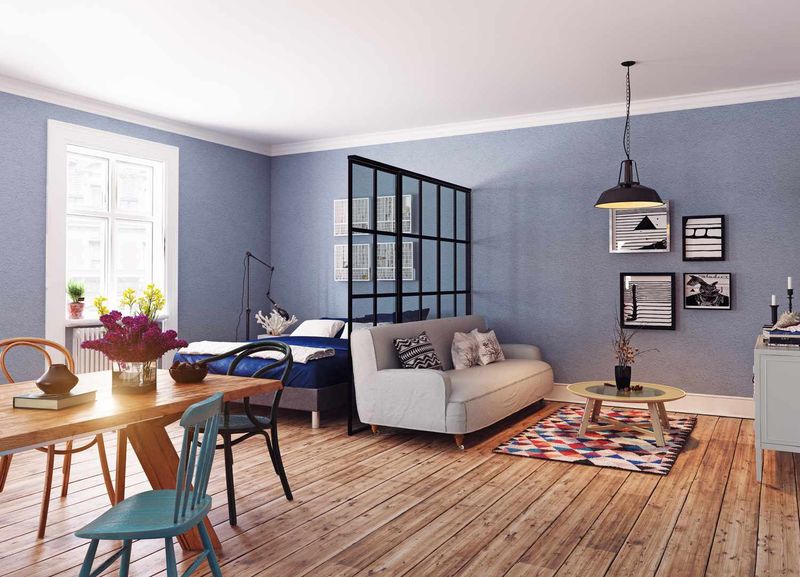
Open concept reaches absurd extremes when your toilet sits visible from your dining table. Privacy becomes a luxury, not a basic necessity, in poorly designed tiny homes.
Mental well-being requires some separation between activities. Cooking smells permeating bedding, bathroom sounds sharing with the entire home, and work materials constantly visible create stress.
Even minimal visual dividers between functional areas provide psychological benefits that open-concept enthusiasts often overlook.
15. Difficult-To-Clean Nooks
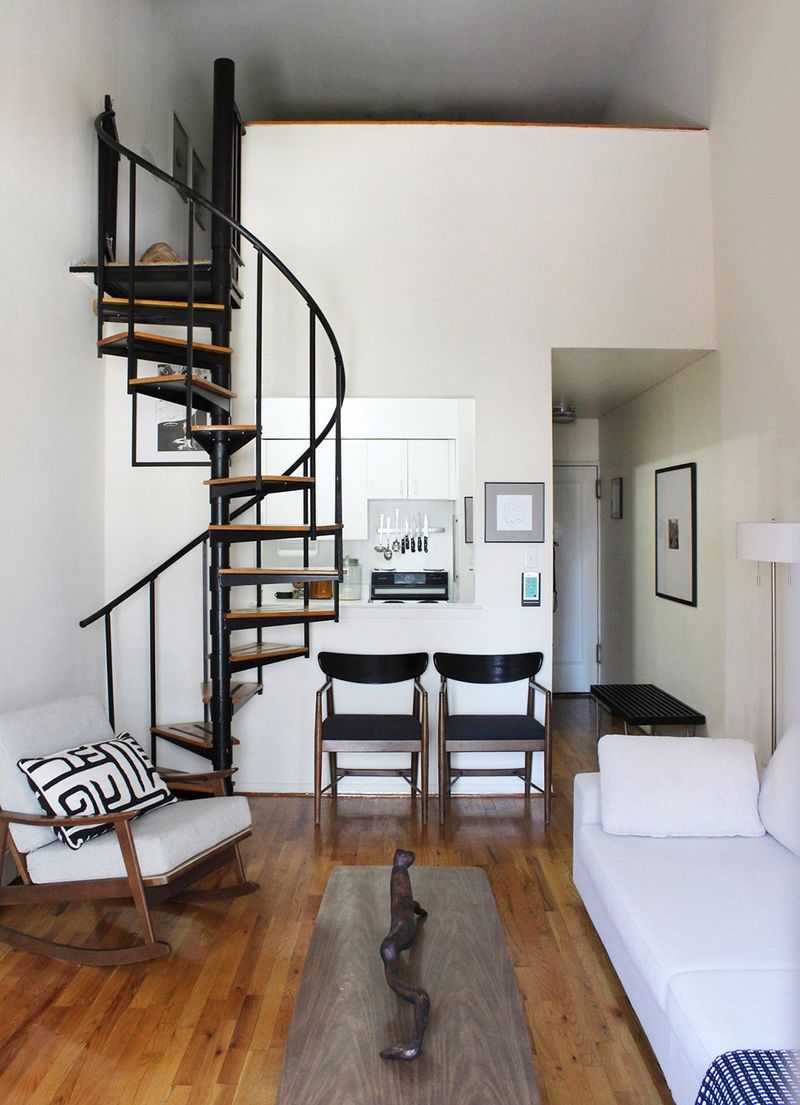
Charming architectural details quickly lose appeal when they become dust traps beyond the reach of standard cleaning tools. Tiny homes often incorporate awkward angles and inaccessible corners.
Loft edges, ceiling beams, and built-in furniture with tiny gaps collect dirt while remaining nearly impossible to clean properly.
Since air quality matters tremendously in small spaces, these design flaws affect both aesthetics and health. Practical cleanability should never be sacrificed for cute but impractical design elements.
16. Low Ceilings In Lofts
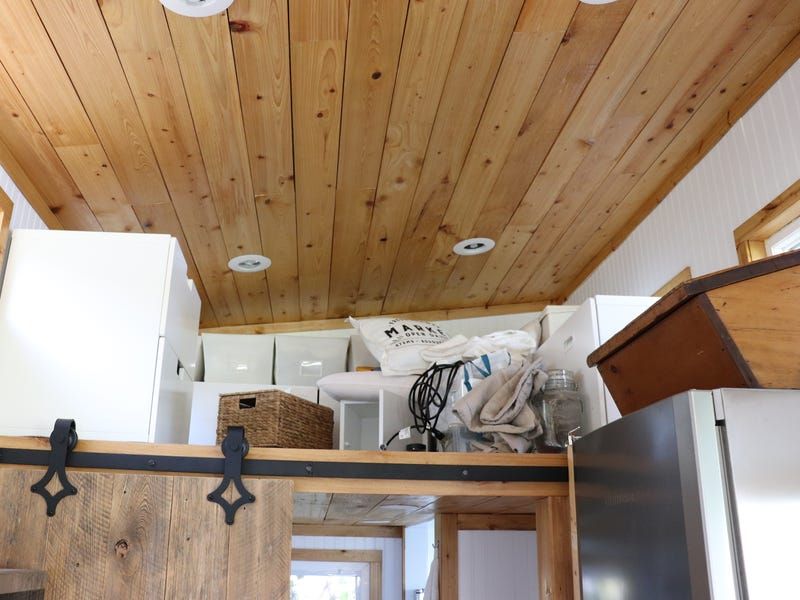
Loft bedrooms with ceilings that barely clear your nose while lying down create unexpected challenges. Changing clothes becomes an awkward horizontal dance that leaves you exhausted before the day begins.
Making the bed? Prepare for bruised knuckles and frustrated grunts. Sitting up suddenly in the night often results in painful head injuries!
While maximizing vertical space makes sense, some tiny homes take this principle too far, creating sleeping quarters that feel more like coffins than bedrooms.
17. Lack Of Sound Insulation
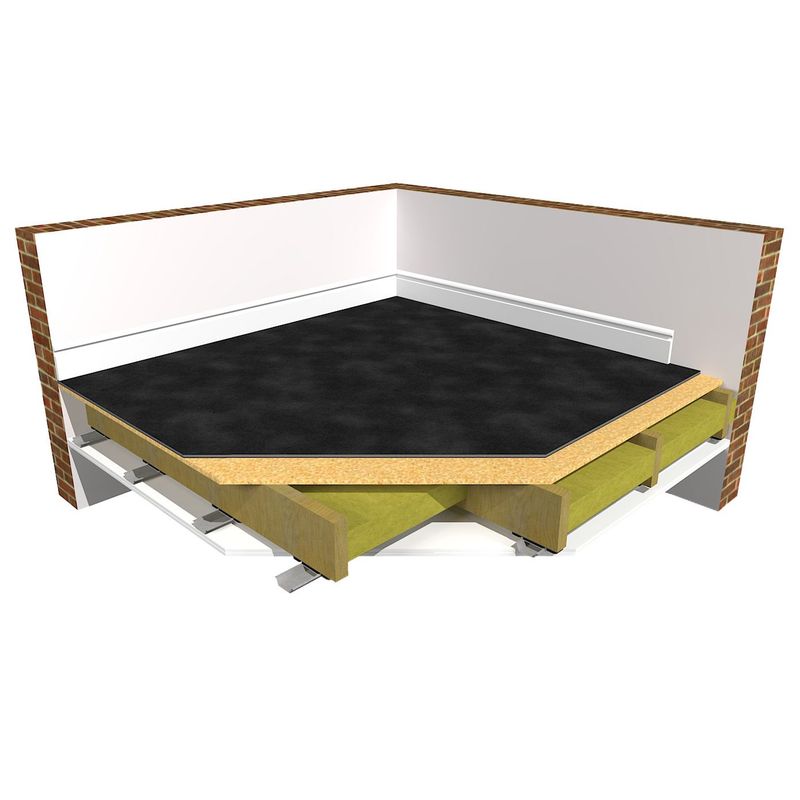
Whisper-thin walls transform private moments into public broadcasts in poorly designed tiny homes. Every bathroom visit becomes a shared experience nobody asked for!
Snoring partners sound like they’re using megaphones. Watching different shows becomes impossible without headphones. Even normal conversation carries throughout the space.
While space constraints make thick soundproofing challenging, the complete absence of acoustic planning creates tension between residents that can quickly sour the tiny living experience.
18. Inadequate Heating And Cooling
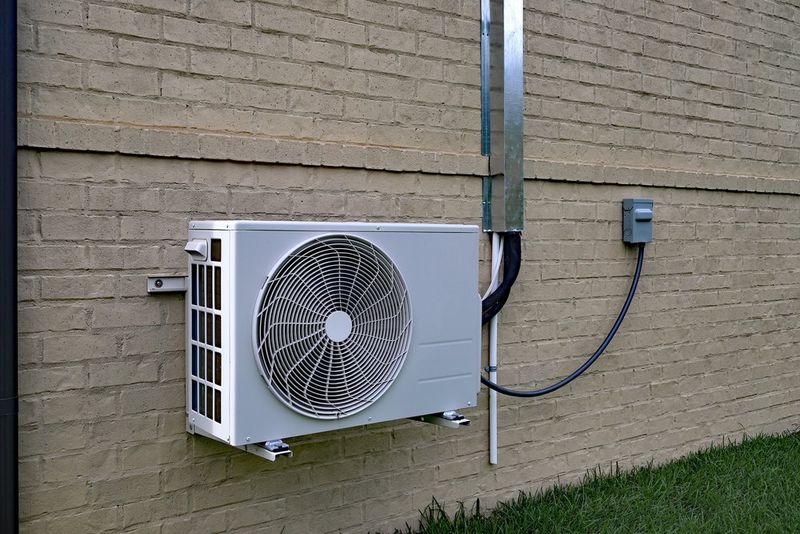
Thinking you’ll manage temperature with just a tiny space heater or fan often leads to seasonal suffering. Small spaces can actually be harder to heat and cool efficiently without proper systems.
Winter brings freezing floors and summer transforms your loft into an oven. Climate control isn’t where you should cut corners!
Many tiny homeowners discover this mistake during their first weather extremes, when their minimalist heating solutions fail to provide basic comfort.
19. Poor Lighting Placement
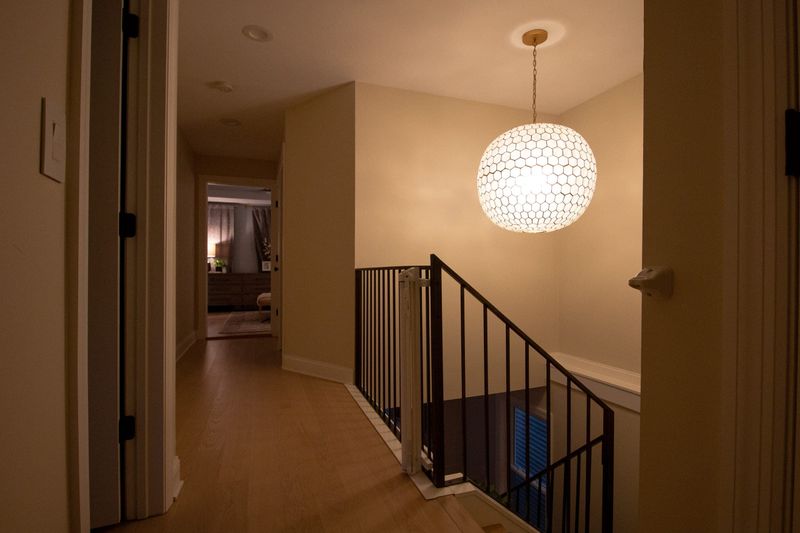
Reading becomes an exercise in frustration when lights cast shadows exactly where you need illumination. Many tiny homes install lights as afterthoughts rather than essential design elements.
Task lighting over counters gets forgotten. Bedroom lighting creates harsh glare instead of cozy ambiance. Natural light gets blocked by poorly placed storage.
Since eyestrain headaches quickly diminish quality of life, thoughtful lighting design matters tremendously in small spaces where each fixture must serve multiple purposes.
20. Flimsy Construction Materials
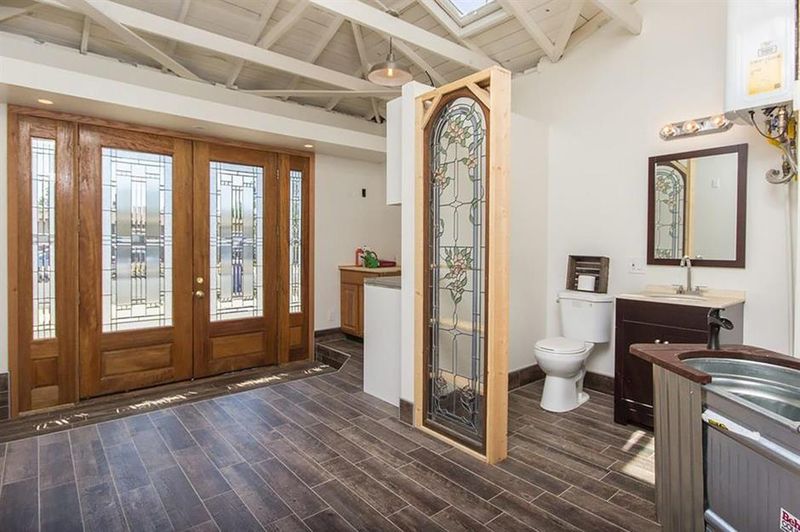
Budget-friendly materials often translate to paper-thin walls that transfer every temperature fluctuation directly indoors. Cheap finishes quickly show wear in high-traffic tiny spaces.
Lightweight construction also means less insulation value and durability. While keeping weight down matters for towable tiny homes, using substandard materials creates homes that deteriorate rapidly, losing both functionality and value.
Quality construction becomes even more important when every component works harder in limited square footage.

